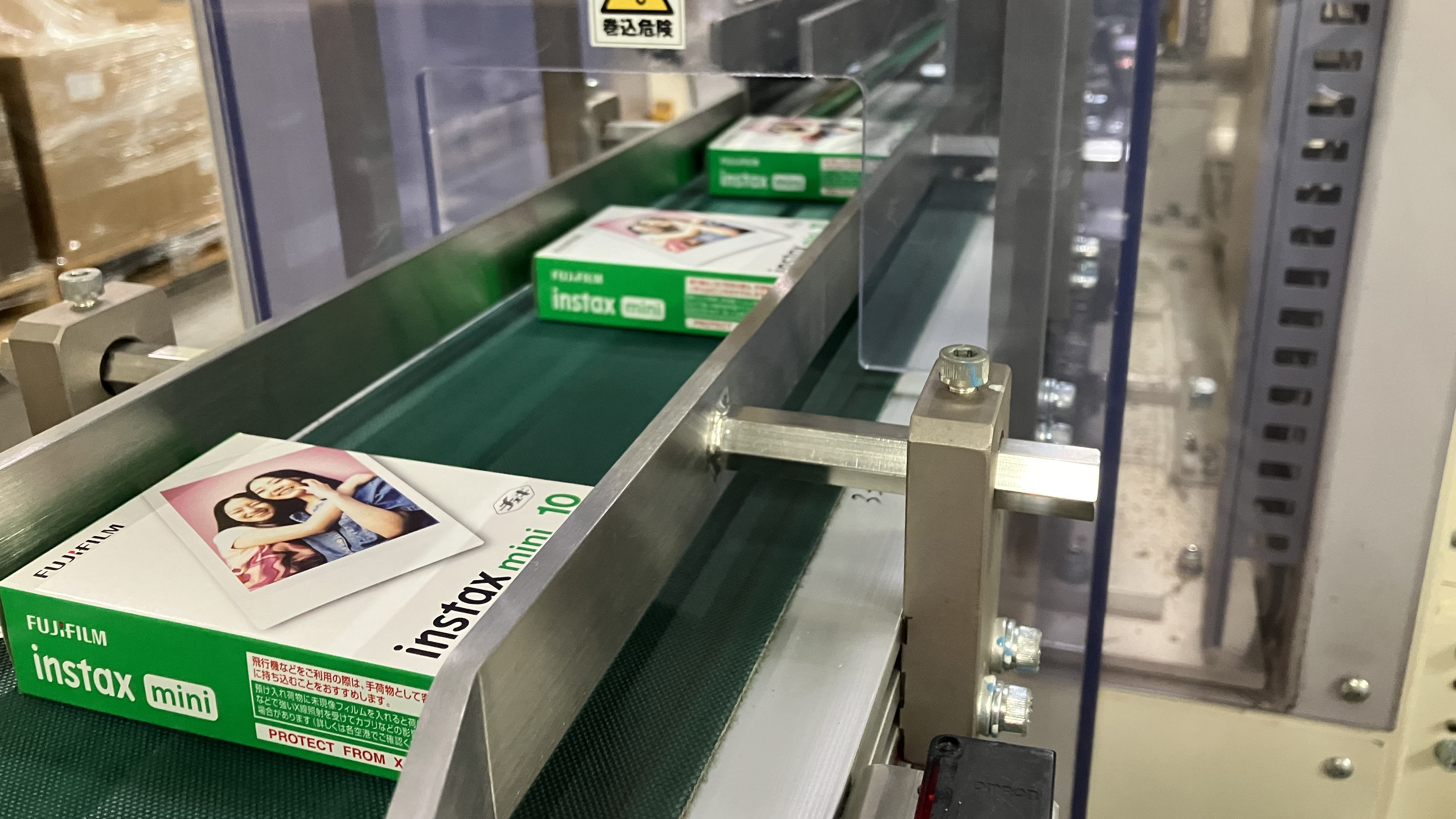Canon teams up with Reuters in a bid to crack down on AI-generated images
Since AI has become so advanced, it's never been more crucial to be able to identify authentic photos from AI-generated ones

Global content and tech leader Thomson Reuters has teamed up with Canon and Starling Lab - an academic research lab - to launch a pilot program that will help authenticate images. The initiative aims to address the legitimacy of images used in news reporting so that AI images don’t slip through the cracks as real photos.
AI Photography (branded promptography by Boris Eldgasen) has gotten terrifyingly realistic in the last six months. It’s now possible to create images from text that leave the viewer questioning its reliability. AI photos have fooled judges and won photo contests and been used by scammers to exploit the Turkey-Syria earthquake. This new collaborative effort hopes to reshape how news organizations handle visual content.
• These are the best AI image generators that can turn your text prompts into amazing photos
This initiative has come at a crucial time when it comes to fighting the rising tide of misinformation. Rickey Rogers, Global Editor of Reuters Pictures, emphasized the critical importance of trust in news. He commented, "Trust in news is critical. However, recent technological advancements in image generation and manipulation are causing more people to question what is real and what is not. Reuters continues to explore new technologies to guarantee that the content we deliver to the world be factual and trusted."
The pilot project was led by Reuters photojournalist Violeta Santos Moura, who used a prototype Canon camera equipped with a system that cryptographically (a mathematical technique of encrypting data assigns a unique identifier (hash value), along with the time, date, and location, to each photograph.
Images are then registered onto a public blockchain and updated with each modification made by the Reuters pictures desk. This process continues until the photo is distributed, with its metadata, edit history, and blockchain registration embedded, employing the new Coalition for Content Provenance and Authenticity standard. To verify the picture's authenticity, news consumers can cross-reference its unique identifier (hash value) on the public ledger.
This collaborative three-way effort marks a significant step forward in ensuring the trustworthiness of visual content in news reporting. In an age where fake images can spread like wildfire, this technology promises to provide a much-needed safeguard against the erosion of trust in media.
The best camera deals, reviews, product advice, and unmissable photography news, direct to your inbox!
Following a successful pilot project, the partners are eager to share their findings with the world. The hope is that this innovative approach to image verification will enhance consumers' confidence in the authenticity of the news they consume while strengthening the credibility of global news sources.
Check out the best Canon cameras including a range of mirrorless systems, compact cameras and DSLRs

Having studied Journalism and Public Relations at the University of the West of England Hannah developed a love for photography through a module on photojournalism. She specializes in Portrait, Fashion and lifestyle photography but has more recently branched out in the world of stylized product photography. Hannah spent three years working at Wex Photo Video as a Senior Sales Assistant, using her experience and knowledge of cameras to help people buy the equipment that is right for them. With eight years experience working with studio lighting, Hannah has run many successful workshops teaching people how to use different lighting setups.
